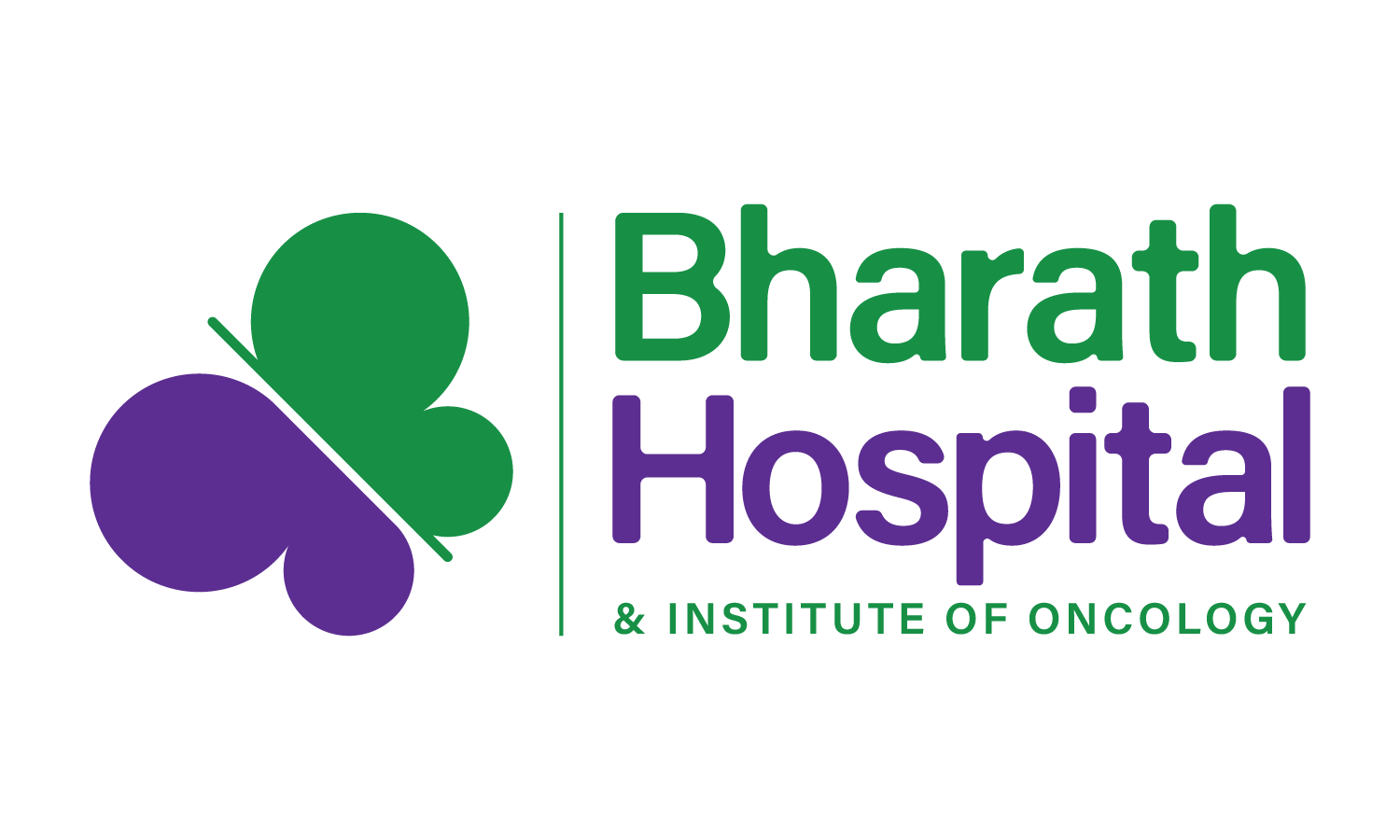Overview
Glioblastoma, which is also known as glioblastoma multiforme, is an aggressive type of cancer that can occur in the brain or spinal cord. Glioblastoma forms from cells called astrocytes that support nerve cells. Glioblastoma can occur at any age but tends to occur more often in older adults. It can cause worsening headaches, nausea, vomiting and seizures. Glioblastoma can be very difficult to treat and a cure is often not possible. Treatments may slow down the progression of cancer and reduce signs and symptoms.
There are two types of glioblastoma:
Glioblastomas often grow in the frontal and temporal lobes of the brain. They are also found in other parts of the brain, such as the brain stem, cerebellum, other parts of the brain, and the spinal cord.
Symptoms
The symptoms may vary depending on the tumour’s location in the brain and its stage. Below are the symptoms commonly seen:
- Persistent headaches
- Double or blurred vision
- Nausea and vomiting
- Sleepiness
- Weakness on one side of the body
- Loss of appetite
- Loss of memory
- Problems with speech and language
- Changes in mood and personality
- Changes in the ability to think and learn
- New onset of seizures
- Speech difficulty of gradual onset
Causes
The causes of glioblastoma are largely unknown. However, there are a few risk factors:
Rare Genetic Conditions: People with rare genetic conditions, such as Turcot syndrome, neurofibromatosis type 1 and Li Fraumeni syndrome are more susceptible to glioblastoma.
Age: An individual’s risk of a brain tumour increases with age. Gliomas are most common among adults aged 45 to 65 years old. Certain types of gliomas, such as ependymomas and pilocytic astrocytomas, are more common in children and young adults.
Exposure to Radiation: People who have been exposed to ionising radiation have an increased risk of brain tumours. Examples of ionising radiation include the radiation that comes from radiotherapy and atomic bombs.
Family History of Glioma: Having a family history of glioma increases the risk of glioblastoma.
Diagnosis
Tests and procedures used to diagnose glioblastoma include:
Neurological exam: During a neurological exam, the patient will be questioned about his/her signs and symptoms. The doctor may also check the vision, hearing, balance, coordination, strength and other reflexes of the patient. Problems in one or more of these areas may provide clues about the part of the patient’s brain that could be affected by a brain tumour.
Imaging tests: Imaging tests can help the doctor determine the location and size of the tumour in the patient’s brain. MRI is often used to diagnose brain tumours, and it may be used along with specialised MRI imaging, such as functional MRI and magnetic resonance spectroscopy.
Other imaging tests may include CT and positron emission tomography (PET).
Biopsy: A biopsy can be done with a needle before surgery or during surgery to remove the glioblastoma, depending on the patient’s condition and the location of the tumour. The sample of the suspicious tissue is analysed in a laboratory to determine the types of cells and their level of aggressiveness.
Specialised tests of the tumour cells can tell the doctor the types of mutations the cells have acquired. Data from these tests give a better prognosis and may guide the doctor on the best treatment options.
Treatment
Glioblastoma treatment options include:
Surgery to remove the glioblastoma: The brain surgeon (neurosurgeon) will work to remove the glioblastoma. The goal is to remove as much of the tumour as possible. But because glioblastoma grows into the normal brain tissue, a complete removal isn’t possible. For this reason, most people receive additional treatments after surgery to target the remaining cells.
Radiation therapy: Radiation therapy uses high-energy beams, such as X-rays or protons, to kill cancer cells. During radiation therapy, the patient is asked to lie on a table while a machine moves around him/her, directing beams to precise points in the brain. Radiation therapy is usually recommended after surgery and may be combined with chemotherapy. For people who can’t undergo surgery, radiation therapy and chemotherapy may be used as a primary treatment.
Chemotherapy: Chemotherapy uses drugs to kill cancer cells. In some cases, thin, circular wafers containing chemotherapy medicine is placed in the brain during surgery. The wafers dissolve slowly, releasing the medicine and killing cancer cells. After surgery, the chemotherapy drug temozolomide (Temodar) — taken as a pill — is often used during and after radiation therapy. Other types of chemotherapy may be recommended for patients if the glioblastoma recurs. These other types of chemotherapy are often administered through a vein in the arm.
Tumour treating fields (TTF) therapy: TTF uses an electrical field to disrupt the tumour cells’ ability to multiply. TTF involves applying adhesive pads to the patient’s scalp. The pads are connected to a portable device that generates the electrical field. TTF is combined with chemotherapy and may be recommended after radiation therapy.
Targeted drug therapy: Targeted drugs focus on specific abnormalities in cancer cells that allow them to grow and thrive. The drugs attack those abnormalities, causing the cancer cells to die. Bevacizumab (Avastin) targets the signals that glioblastoma cells send to the body that cause new blood vessels to form and deliver blood and nutrients to cancer cells. Bevacizumab may be an option if the glioblastoma recurs or doesn’t respond to other treatments.
Clinical trials: Clinical trials are studies of new treatments. These studies give patients with glioblastoma a chance to try the latest treatment options, but the risk of side effects may not be known. Patients can enquire with their doctors whether they might be eligible to participate in clinical trials.
Supportive (palliative) care: Palliative care is specialised medical care that focuses on providing relief from pain and other symptoms of a serious illness. Palliative care can be used while undergoing other aggressive treatments, such as surgery, chemotherapy or radiation therapy.



